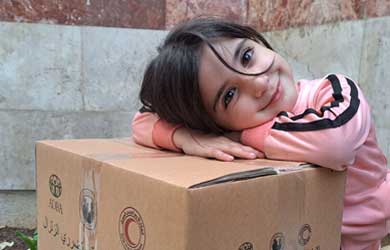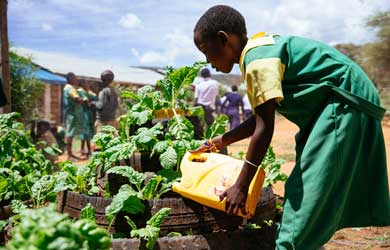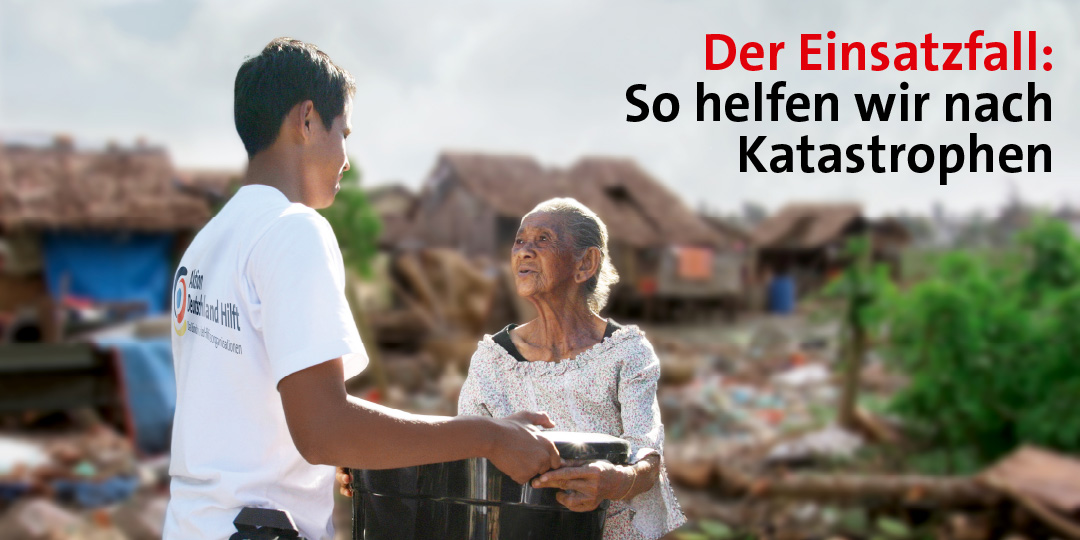
Gastkommentar in englischer Sprache
By Niklas Gebert and Julia Kloos, Research Associate at the United Nations University – Institute for Environment and Human Security (www.ehs.unu.edu)
Introduction
As a consequence of climate change induced Sea Level Rise (SLR) forced relocation might become the only adaptation option in some Low Lying Coastal Zones (LLCZ), especially in the urban agglomerations of developing countries. Unfavorable socio-economic and governance conditions are likely to intensify exposures to SLR resulting from unregulated urban growth; and create serious security risks due to the poorly planned and mismanaged relocation of affected communities and their livelihoods. Thus, we argue that the topic of relocation requires much more attention in the international policy arena on climate change adaptation, in order to support countries and regions in developing well-in-advance, people-centered and incentive-based relocation policies and mainstreaming them into today’s relevant sector policies and urban master plans. How to design such policies? What are the capacities of regions and nations to manage relocation in the future? What is the knowledge base and how do we create it to provide the necessary evidence on the type of security risks that arise if hundreds of thousands of people are required to leave their homes and strive to maintain their livelihoods in already densely populated areas? For the provision of decision-making support, drawing on country and place specific exposure and relocation scenarios can help to identify potential security risks that may arise from large scale exposure and relocation within a potential future socio-economic and governance setting.
Case study: Greater Alexandria
Egypt is considered as one of the top five countries expected to be most affected by SLR. The topographical situation of the Nile Delta in Egypt, with a proportion of 35% (700 km²) being below sea level, implies that the urban agglomeration of Greater Alexandria, located in the North-Western Nile Delta, is also potentially highly exposed to SLR. Due to projections of the prolonged urban growth of the coastal city into the agriculture dominated low lying coastal hinterland, forced relocation might become a realistic - and under some conditions - unavoidable adaptation option.
Concept of relocation scenario
Until today, scenarios have mainly been constructed to estimate directions and magnitudes of climate change. But for projecting impacts of climate change and evaluating adaptation pathways, exposure and adaptation scenarios are equally important.
To discover potential and emerging security risks, the case study at hand explores a path-dependent relocation scenario for Greater Alexandria based on past and current spatial, socio-economic and governance settings and a SLR of 1m in the Nile Delta. The respective scenario assessment framework that has been developed differentiates between three components: (1) The security risks arising from SLR, deeming an area as inhabitable for different population groups, (2) the security context in which relocation occurs (conditions influencing refusal and resistance to planned relocation; households’ adaptive capacity to re-organize their livelihoods in the course of relocation; and trends in structural socio-economic and governance conditions impacting the management capacity of relocation); and (3) the resulting relocation outcomes with respect to attained human security of relocated households.
Accordingly, a path-dependent (Fußnote 1) human security scenario for the city of Alexandria in Egypt based on the following assessment steps has been developed:
(1) Assessing the conditions that deem coastal areas - such as Greater Alexandria and the Nile Delta - as uninhabitable, in future, by exploring the drivers and processes that increase the exposure of Greater Alexandria to SLR. Here, based on past developments, trends in urbanization and their spatial directions are mirrored with the spatial entities most like affected by SLR.
(2) Identification of vulnerable groups and the conditions and factors that increase the likelihood of internal displacement as a result poor households being trapped in unsafe conditions (lack of capacity to migrate) and their refusal to participate in any kind of relocation program.
(3) Exploring vulnerable groups’ adaptive capacity to attain sustainable livelihoods in the community formation phase of relocation. This has been done by mirroring SLR affected households’ expressed relocation preferences (Fußnote 2) with trends in framework conditions that most likely influence preference compliance. The focus here is on whether employment and housing security can be attained.
Methods applied were based on (1) secondary data such as geo-spatial data, SLR projections, socio-economic statistics, urban development reports, as well as on primary data generated by an in-depth household survey on exposed households’ adaptive capacity and perceived relocation behavior. Thereby, a “choice experiment” was applied (an economic method to mimic people’s choices and identify their preferences) to understand people’s conditional willingness to resettle.
- Seite 1
- Seite 2
© Bündnis deutscher Hilfsorganisationen: Spenden & helfen
Schirmherr & Kuratoriumsvorsitzende

Bundespräsident a. D. Horst Köhler & Außenministerin Annalena Baerbock: Erfahren Sie mehr!
Spendenkonto Nothilfe weltweit
IBAN: DE62 3702 0500 0000 1020 30
Stichwort: Nothilfe weltweit
Bildergalerien
Der Einsatzfall: So helfen wir nach Katastrophen
Geschichte des Bündnisses: Unsere Hilfseinsätze
Infografiken
Jeder Beitrag zählt: Der Weg Ihrer Spende
Multimedia
Podcast: Geschichten aus unserem Bündnis
Podcast: So funktioniert Aktion Deutschland Hilft
Reportage: 20 Jahre Aktion Deutschland Hilft
Weitere Informationen
Transparenz & Kontrolle: Warum Sie uns vertrauen können
Stiftung Deutschland Hilft: Satzung








